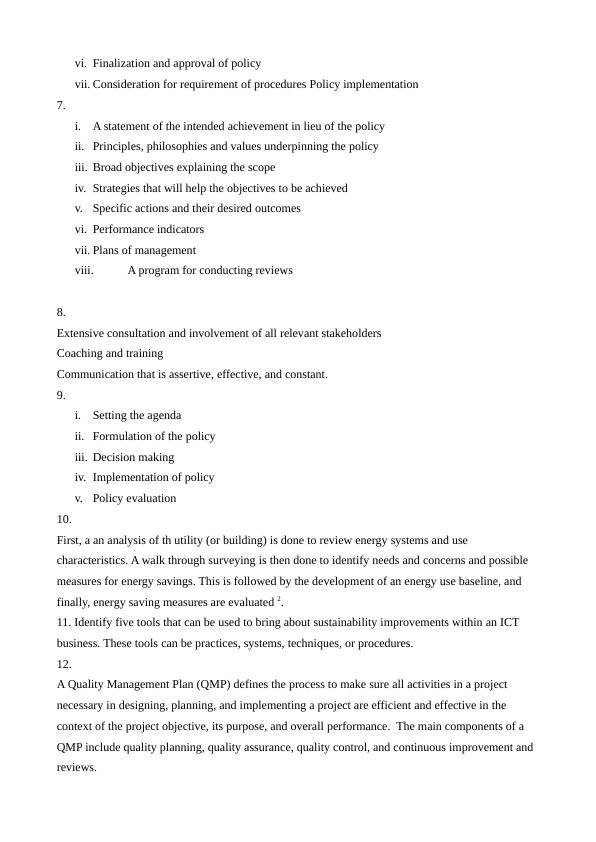ICT Sustainability Briefing Report
This document is a sustainability policy and procedures assessor for Assessment Task 2 of ICTSUS601 course at Australasian International Academy (AIA).
7 Pages1399 Words27 Views
Added on 2022-08-22
ICT Sustainability Briefing Report
This document is a sustainability policy and procedures assessor for Assessment Task 2 of ICTSUS601 course at Australasian International Academy (AIA).
Added on 2022-08-22
ShareRelated Documents
End of preview
Want to access all the pages? Upload your documents or become a member.
Integrate Sustainability in ICT Planning
|8
|1368
|181
Sustainability Integration in ICT Planning and Design : Assignment
|12
|3248
|219
ICTSUS601 Integrate Sustainability in ICT planning and design projects Resources
|17
|6401
|451
The Role of Sustainability Key Performance Indicators
|3
|511
|130
Sustainability Integration
|8
|1535
|216
Strategies to Reduce Power Consumption for Sustainability
|8
|2619
|242



